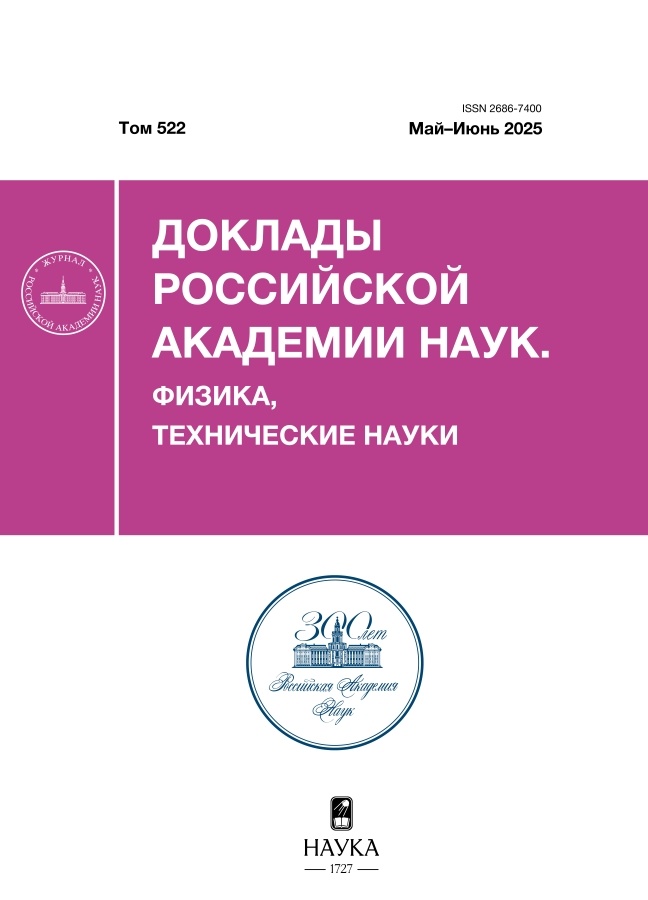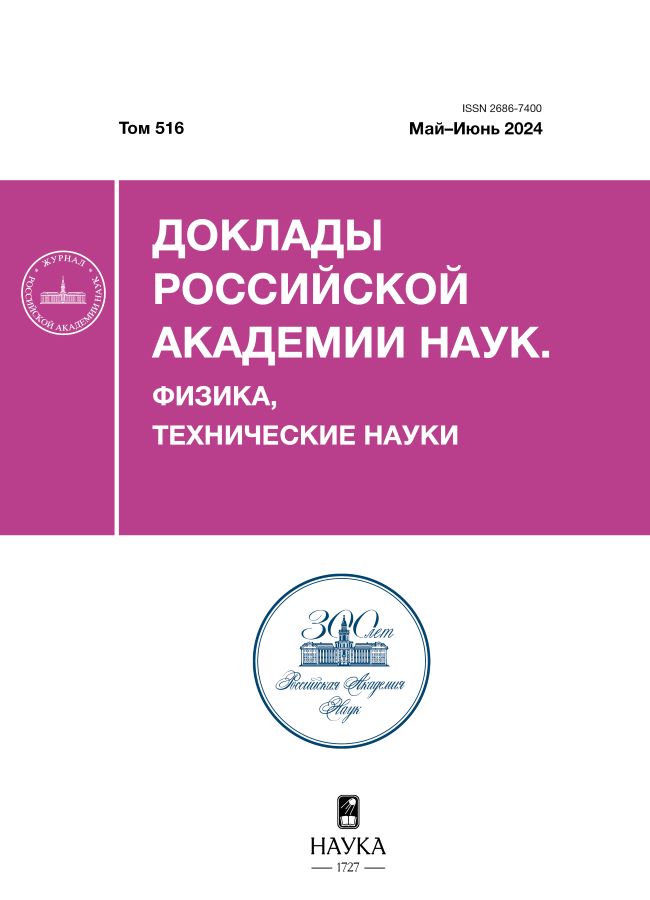Self-similar solutions of the bed deformation
- Authors: Petrov А.G.1, Potapov I.I.2, Epikhin A.S.3
-
Affiliations:
- Ishlinsky Institute for Problems in Mechanics of the Russian Academy of Sciences
- Computing Center of the FEB RAS
- Ivannikov Institute for System Programming of the Russian Academy of Sciences
- Issue: Vol 516, No 1 (2024)
- Pages: 66-72
- Section: МЕХАНИКА
- URL: https://kld-journal.fedlab.ru/2686-7400/article/view/651788
- DOI: https://doi.org/10.31857/S2686740024030105
- EDN: https://elibrary.ru/JZPZKP
- ID: 651788
Cite item
Abstract
In this paper, a conclusion about the self-similar behavior of the bed surface evolution is made. It is based on the analysis of experimental and numerical studies of the bed surface evolution under the mechanical impact of liquid flow. The bottom wave has a form close to one period of a sinusoidal function with a time-varying wavelength and constant steepness. A method of constructing the automodel dependence of the bed surface on time and spatial coordinate in analytical form is proposed. It was shown that it is enough to select five bottom surfaces with given wavelengths from a series of shapes. Next, the mean values of shear stresses are calculated for them, and the rates of change of wavelengths are found. Then a degree of approximation of the wavelength dependence of its rate of change is determined, and, finally, the exact solution of the corresponding differential equation is obtained. Comparison with experimental data and numerical solutions shows that the solution error does not exceed a few percent and that computational time is reduced by 25–30 times.
Keywords
Full Text
About the authors
А. G. Petrov
Ishlinsky Institute for Problems in Mechanics of the Russian Academy of Sciences
Author for correspondence.
Email: petrovipmech@gmail.com
Russian Federation, Moscow
I. I. Potapov
Computing Center of the FEB RAS
Email: petrovipmech@gmail.com
Хабаровский федеральный исследовательский центр
Russian Federation, KhabarovskA. S. Epikhin
Ivannikov Institute for System Programming of the Russian Academy of Sciences
Email: petrovipmech@gmail.com
Russian Federation, Moscow
References
- Петров А.Г., Потапов И.И. Избранные разделы русловой динамики. М.: Ленанд, 2019. 244 с.
- Беликов В.В., Алексюк А.И. Модели мелкой воды в задачах речной гидродинамики. М.: РАН, 2020. 346 с.
- Sandra Paskin. The Self-Burial of Seabed Pipelines // Thesis. University of London. 1993. 361 p.
- Dey S., Navneet P. Singh Clear-Water Scour below Underwater Pipelines under Steady Flow // J. Hydraul. Eng. 2008. V. 134. № 5. P. 588–600.
- Chatterjee S.S., Ghosh S.N., Chatterjee M. Local scour due to submerged horizontal jet // J. Hydraulic Engineering. 1994. V. 120. № 8. Р. 937–991.
- Dey S., Sarkar A. Scour Downstream of an Apron Due to Submerged Horizontal Jets // J. Hydraulic Engineering. 2006. V. 132. № 3. March 1. Р. 246–257.
- Aamir M., Ahmad Z. Hydraulics of submerged jets causing scour downstream of a rough rigid apron // 14th International Symposium on River Sedimentation. Chengdu, China. 2019. September 16–19. Р. 1–10.
- Samma H., Amir Khosrojerdi, Masoumeh Rostam-Abadi, Mojtaba Mehraein, Yovanni Cataño-Lopera. Numerical simulation of scour and flow field over movable bed induced by a submerged wall jet // IWA Publishing 2020. J. Hydroinformatics. 2020. V. 22. № 2. Р. 386–401.
- Седов Л.И. Методы подобия и размерности в механике. М.: Наука, Гл. ред. физ.-мат. лит., 1987. 432 с.
- Ландау Л.Д., Лифшиц Е.М. Теоретическая физика. Т. 6. Гидродинамика. М.: Физматлит, 2015. 728 с.
- Mao Y. The interaction between a pipeline and an erodible bed. Ser. Paper 39. Institute of Hydrodynamics and Hydraulic Engineering, Technical Univ. of Denmark, Lyngby, Denmark. 1986
- Liang D., Huang J., Zhang J., Shi S., Zhu N., Chen J. Three-Dimensional Simulations of Scour around Pipelines of Finite Lengths // J. Mar. Sci. Eng. 2022. V. 10. P. 106. https://doi.org/10.3390/jmse10010106
Supplementary files

Note
Presented by Academician of the RAS R.I. Nigmatullin














